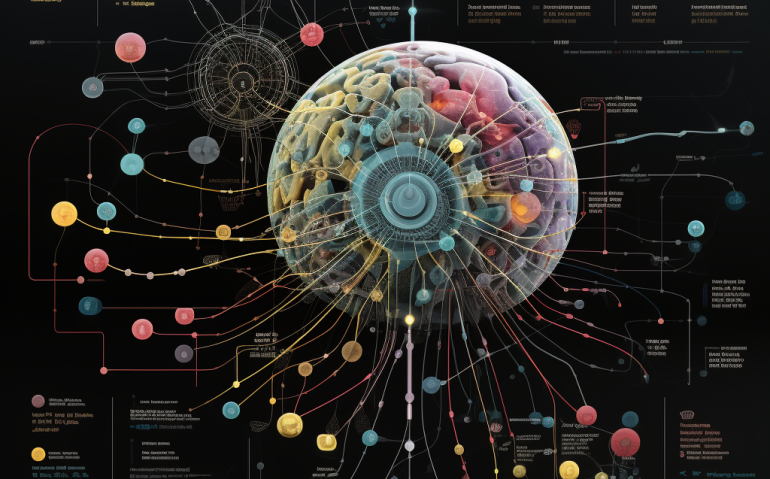While early 20th-century behaviorists, like John B. Watson, rejected concepts such as consciousness and attention, these ideas inevitably resurfaced. For instance, consciousness has evolved from being a mystical idea to a subject of empirical testing. Our ability to report on our conscious experiences is a testament to its tangible nature. Questions like “Why are some neural activities reportable and others aren’t?” drive current research.
Several techniques help differentiate between conscious and unconscious processes. Visual backward masking, binocular rivalry, and inattentional blindness, among others, indicate that while unconscious stimuli activate sensory areas, conscious stimuli trigger more widespread cortical activity.
Global Access Hypothesis
The GW theory underpins the idea of consciousness as an integrative function. It’s akin to a system architect that organizes vast, parallel collections of processors in our brains. Such an architecture allows for global accessibility, implying that consciousness plays a pivotal role in integrating information across different brain regions.
Theater Metaphors and Brain Hypotheses
Conceiving GW theory as a theater of the mind helps simplify its intricacies. Here, consciousness is visualized as a bright spot on the theater stage, illuminated by the spotlight of attention and guided by executive functions. While this spot represents our conscious awareness, the rest of the theater, dimly lit, signifies the unconscious realm. Such metaphors have led scientists to form hypotheses about the neural underpinnings of sensory consciousness. For instance, conscious perception of sensory input might necessitate activation of corresponding sensory projection areas.
Sensory Consciousness as a Test Case
Taking visual consciousness as an example, studies show that the brain identifies conscious visual features through the ventral stream of the visual cortex. Specific cells in this area facilitate conscious experiences of light, color, motion, and more. Damage to these areas can lead to the loss of specific visual properties, underscoring the role of particular brain regions in conscious experiences.
The significance of the Global Workspace Theory (GWT) for artificial intelligence (AI) is rooted in its insights into consciousness and the integrative functioning of the brain. Here’s why GWT is crucial for AI:
- Cognitive Architecture Insights: GWT emerged from the cognitive architecture tradition, which involves designing computational models of human cognition. Understanding such models can aid in creating more sophisticated AI systems that mimic human cognitive processes.
- Integrative Function: GWT highlights consciousness’s role as an integrative function. In AI, this implies the potential to design systems capable of synthesizing information from various sources, akin to the “blackboard” system in GWT. This could allow AI to collaboratively solve problems using a distributed set of knowledge sources, much like the human brain.
- Framework for Understanding Consciousness: As AI strives towards creating machines with human-like consciousness or awareness, GWT provides a structured understanding of conscious versus unconscious processes. This can guide research into crafting AI systems that can differentiate and possibly transition between these states.
- Parallel Processing: GWT’s idea of organizing vast, parallel collections of processors mirrors the architecture of some advanced AI systems, which use parallel processing for faster and more complex computations. Understanding how the brain effectively manages these processors can offer insights into optimizing AI architectures.
- Attention and Executive Functions: The theater metaphor in GWT, where consciousness is directed by a “spotlight of attention under executive guidance,” provides a model for developing AI with focused attention mechanisms and hierarchical control, enabling them to prioritize tasks and information.
- Sensory Processing: GWT’s deep dive into sensory consciousness, especially the distinctions in how the brain processes conscious versus unconscious stimuli, can inform the design of AI sensors and processors to recognize and prioritize information.
GWT is invaluable for AI because it offers a blueprint of human consciousness and cognitive integration. By understanding and potentially mimicking these processes, we can hope to design AI systems that are more adaptive, intuitive, and human-like in their functionality.







